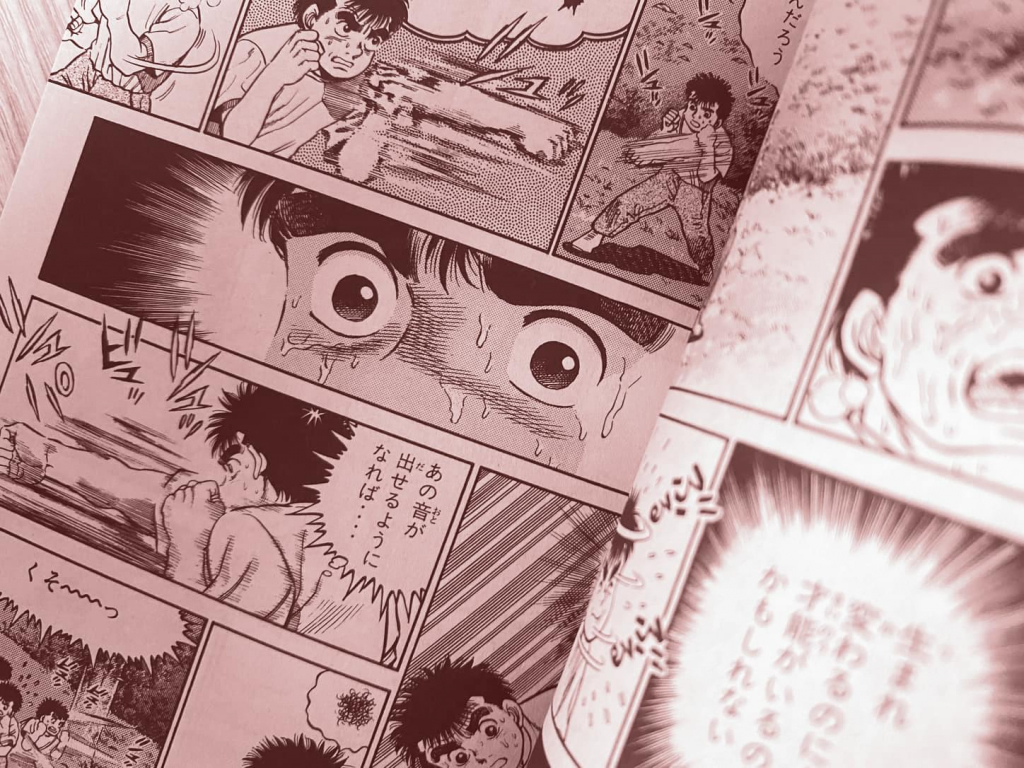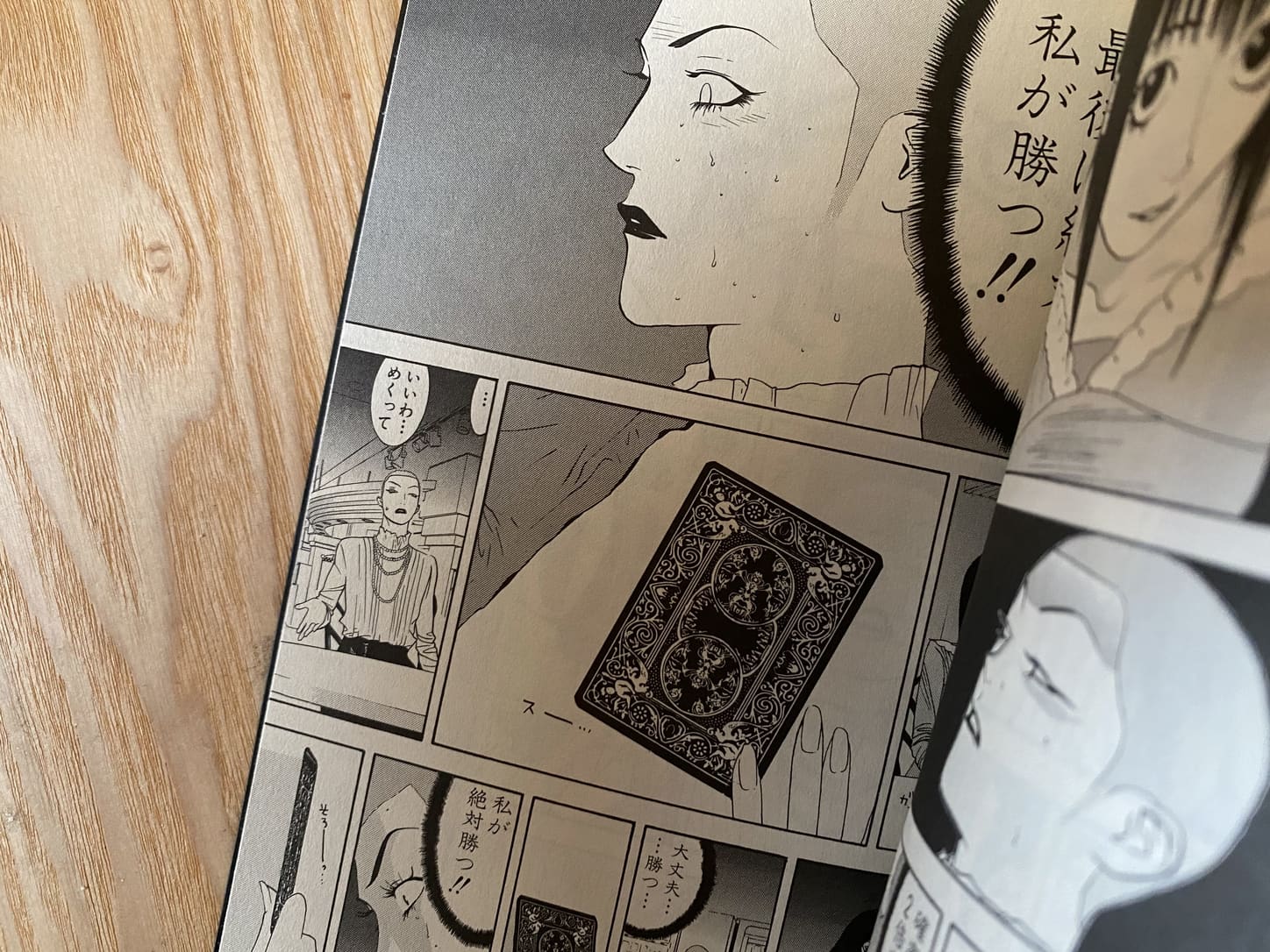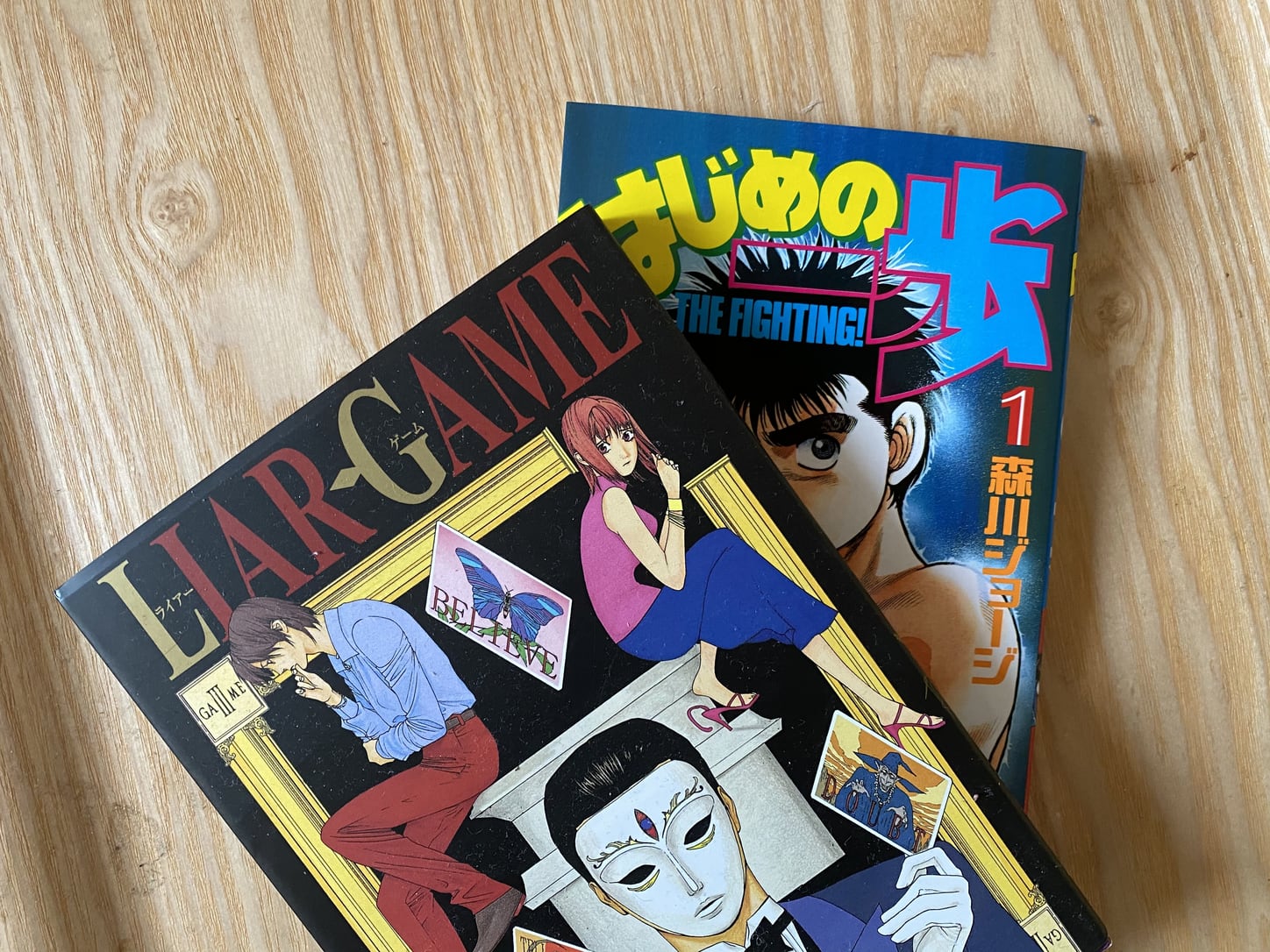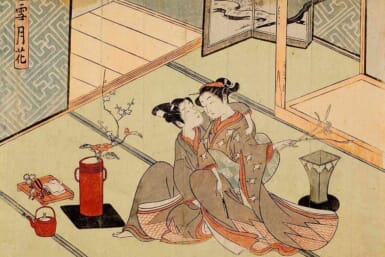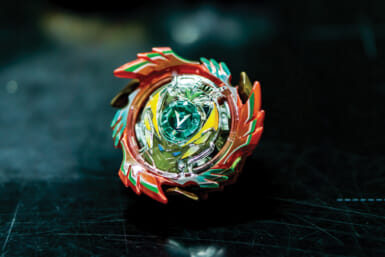As we continue to stay sheltered indoors, various forms of media have seen an explosion in content consumption with manga being no exception. While Western comics and graphic novels have typically been pigeonholed as a pastime of the youth, manga in Japan is widely read by all ages and genders, due to the sheer variety in genres. Curious to get to know Japanese manga beyond Demon Slayer and Attack on Titan? Let us take you back to the era of ’90s and early ’00s normcore fashion, strappy heels and Sony Walkmans, for some of that decade’s most interesting titles across genres.
1. Nana (2000)
“Shoujo manga” or girls manga may have started off as an oversimplified gendered category, but today the genre known for romance and emotive storylines are now enjoyed by a variety of readers. Nana by Ai Yazawa is one such manga that focuses on the intertwining destiny between the two heroines and coming of age complexities. Both named Nana, the girls meet through a slew of other coincidences which lead them to Tokyo albeit for very different purposes. Nana Komatsu has left her hometown to chase after a boy while Nana Osaki, refusing to live in the shadow of her boyfriend’s success, has made it to start her own musical career. As the story unfolds, readers are introduced to a wider cast of characters all with their own idiosyncrasies as they battle challenges that come with youth, fame and the drama of the music industry. The manga does feature some heavy-handed themes such as that of drug and alcohol abuse but paints them thoughtfully, encapsulating the struggles as much as the triumphs. Ultimately, Nana is a tale of love and sacrifice, that which we make for those we care about and to achieve our dreams.
2. Uzumaki (1998)
Fans of the mysterious and spooky will need no introduction to Junji Ito, one of Japan’s most famous horror manga artists. His skillful storytelling is often lauded for its uncanny ability to bring the eerie out of the seemingly mundane or abstract. Uzumaki in particular is one of Ito sensei’s masterpieces – a three-volume series chronicling the lives of Kurouzu-cho’s citizens as they fall further into their obsession with cursed spirals. The plot might sound simple enough, but it is through expression and the detailed drawings of people and animals outside of their organic shapes (such as bodies being contorted into circular and spiral shapes) that bring the horror to life. As page-turning as Uzumaki is, it can sometimes be too graphic, so we encourage readers to really take their time with this one, it’s certainly not for the faint-hearted.
3. Hajime no Ippo (1989)
Sports manga enthusiasts might all be aboard the Haikyuu train at the moment but aficionados will remember Hajime no Ippo as one of the earlier classics of the genre. We follow the chronicles of Makunouchi Ippo, a shy high schooler who never fights back despite the bullying ways of some of his peers. On one particularly rabid bullying occasion, he is saved by Takamura Mamoru, a professional middleweight boxer who unintentionally opens his eyes to the world of fighting sports. This changes Ippo’s life forever as he begins to train at Kamogawa Gym and grows from strength to strength in various boxing rings. Hajime no Ippo contains many of the characteristics that make sports manga one of the most beloved types of manga there is, the heat of rivalry, unbroken bonds through sportsmanship and the individual’s struggles and triumph on the way to victory.
4. Zatch Bell (2001)
For some light-hearted relief during these uncertain times, we encourage readers to turn to Zatch Bell by Makoto Raiku. This early millennium manga tells the tale of Zatch Bell, a child from the mystical world of Mamodo who has come to Earth along with his kinsmen as part of their world’s tradition to fight for the right to be king of Mamodo. Mamodos however, require a human companion to read from their book of spells thus empowering them to battle. Enter Kiyo, Zatch Bell’s newly found human companion, and follow along as the two encounter other Mamodo-human pairings throughout their adventure. This action-packed series is not without pockets of humor and a surplus of cutesy drawings that will be sure to warm your heart.
5. Liar Game (2005)
If you’re post-Alice in Borderland and wanting to satiate that desire for a psychological thriller, look no further than Liar Game by Shinobu Kaitani. The manga revolves around Nao Kanzaki a naive college student who one day receives 100 million yen in a package and is tasked to obtain another 100 million yen from her opponent through any means possible. Thanks to the help of former con artist Shinichi Akiyama, Nao is able to successfully beat the first round but the two decide to swallow the debt of the loser in order to continue through the tournament and defeat the organization coordinating the games. The rules vary with each game but often surround game theory and probability such as the Prisoners’ Dilemma. What makes it more than just a mathematics book masquerading as a manga is the variety of characters who all possess different personalities and agendas that inadvertently influence the outcome. Readers will not only find themselves at the edge of their seat enthralled at the chance our protagonists might lose it all, but with pen and paper in hand as they attempt to figure out these cleverly devised traps alongside the progressing storyline.

